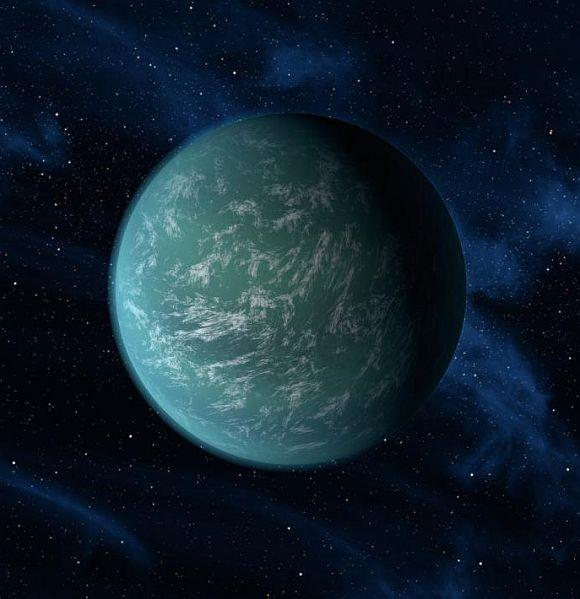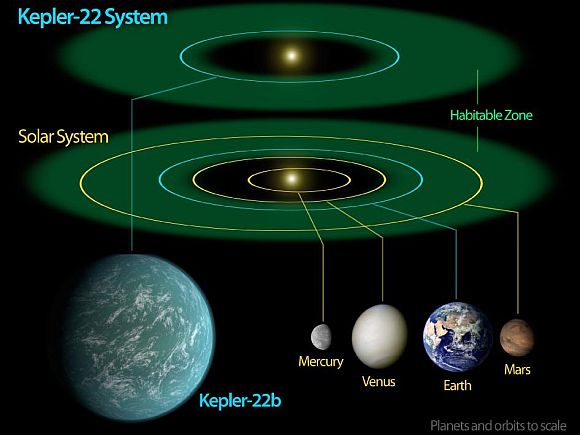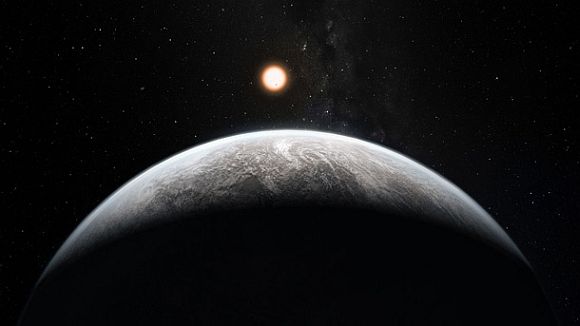Photographs: NASA/Ames/JPL-Caltech
A 'habitable' earth-like planet, which is orbiting around a sun-like star 600 light years away, has been discovered in our galaxy for the first time, researchers say.
A team of researchers from NASA's Kepler Mission has discovered what could be a large, rocky planet with a surface temperature of about 72 degrees Fahrenheit, comparable to a comfortable spring day on earth.
The discovery team, led by William Borucki of the NASA Ames Research Centre, used photometric data from the NASA Kepler space telescope, which monitors the brightness of 155,000 stars.
...
DISCOVERED: A second earth in our galaxy
Image: This diagram compares our own solar system to Kepler-22, a star system containing the firstPhotographs: NASA/Ames/JPL-Caltech
Earth-size planets whose orbital planes are aligned such that they periodically pass in front of their stars result in tiny dimmings of their host star's light dimmings that can only be measured by a highly specialized space telescope like Kepler.
The host star lies about 600 light-years away from us toward the constellations of Lyra and Cygnus.
The star, a G5 star, has a mass and a radius only slightly smaller than that of our sun, a G2 star. As a result, the host star is about 25 per cent less luminous than the sun.
...
DISCOVERED: A second earth in our galaxy
Photographs: NASA/Ames/JPL-Caltech
The planet orbits the G5 star with an orbital period of 290 days, compared to 365 days for the earth, at a distance about 15 per cent closer to its star than the earth from the Sun.
This results in the planet's balmy temperature. It orbits in the middle of the star's habitable zone, where liquid water is expected to be able to exist on the surface of the planet.
Liquid water is necessary for life as we know it, and this new planet might well be not only habitable, perhaps even inhabited.
...
DISCOVERED: A second earth in our galaxy
Image: Jill Tarter, director of the Centre for SETI Research, with a graphic showing the newly discovered planet Kepler-22This new exoplanet is the smallest-radius planet discovered in the habitable zone of any star to date. It is about 2.4 times larger than that of the earth, putting it in the class of exoplanets known as super-earths.
"This discovery supports the growing belief that we live in a universe crowded with life," Carnegie's Alan Boss said.
"Kepler is on the verge of determining the actual abundance of habitable, Earth-like planets in our galaxy," Boss added.
The study will be published in the Astrophysical Journal.
Click on NEXT to go further...











article